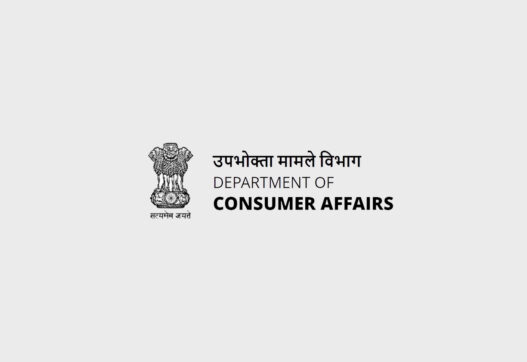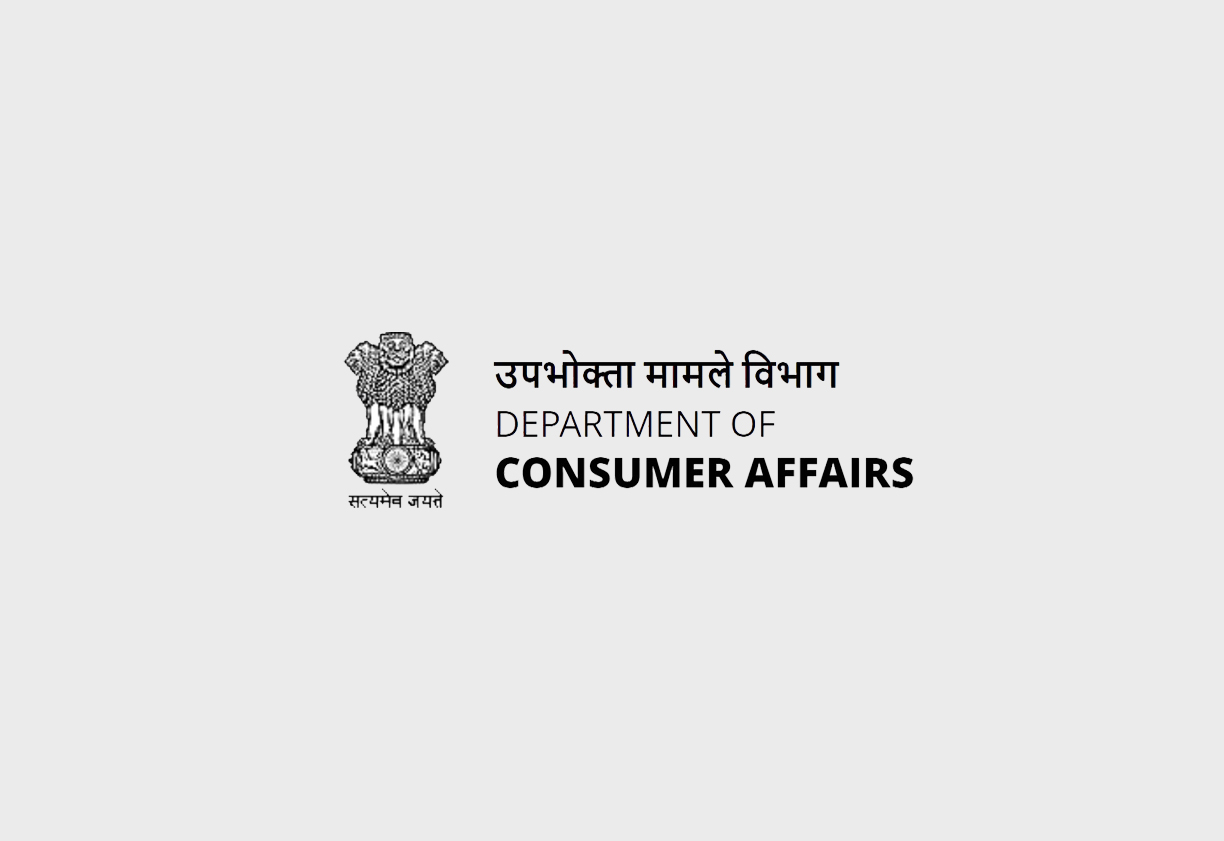Ministry of Consumer Affairs, Food and Public Distribution
The National Food Security Act, 2013, is a landmark legislation in India that aims to provide food and nutritional security to the people through a life cycle approach, ensuring access to adequate quantities of quality food at affordable prices. This Act establishes a legal framework for providing subsidized foodgrains to eligible households, nutritional support to pregnant women and lactating mothers, and nutritional support to children. It is a significant step towards ensuring food security and combating malnutrition in India. The Act also outlines provisions for grievance redressal, transparency, and accountability in the implementation of its various schemes.
Act Background and Ministry:
The National Food Security Act, 2013, was enacted by the Parliament of India. It was designed to provide a legal framework for ensuring food and nutritional security. The Act falls under the purview of the Ministry of Consumer Affairs, Food and Public Distribution, Government of India.
Enactment Date, Number of Chapters, Number of Sections:
The Act was enacted on September 10, 2013. It is structured into 45 sections, divided into 13 chapters, along with four schedules.
Act Governed By:
The Act is primarily governed by the Central Government and State Governments. The implementation of the Act involves various authorities at the central, state, district, block, and local levels. These include the Central Government, State Governments, the State Food Commission, District Grievance Redressal Officers, and local authorities.
On Whom it is Applicable:
The Act is applicable to all eligible households in India, including priority households and those covered under the Antyodaya Anna Yojana. It also applies to pregnant women, lactating mothers, and children up to the age of fourteen years. The Act impacts the lives of a large segment of the Indian population, particularly those who are vulnerable to food insecurity and malnutrition.
Penalties/Punishments:
The Act specifies penalties for non-compliance, which include:
-
Fines: For failing to provide the recommended relief as per the District Grievance Redressal Officer, public servants or authorities may be liable to a penalty not exceeding five thousand rupees.
Important Pointers:
-
Subsidized Foodgrains: The Act provides for the provision of subsidized foodgrains to eligible households through the Targeted Public Distribution System.
-
Nutritional Support: The Act ensures nutritional support to pregnant women, lactating mothers, and children through various schemes.
-
Food Security Allowance: The Act provides for a food security allowance in case of non-supply of entitled foodgrains or meals.
-
Identification of Eligible Households: The Act mandates the identification of priority households and their coverage under the Targeted Public Distribution System.
-
Reforms in TPDS: The Act promotes reforms in the Targeted Public Distribution System, including the use of technology, transparency measures, and diversification of commodities.
-
Women Empowerment: The Act recognizes women as the head of the household for the purpose of issuing ration cards.
-
Grievance Redressal Mechanism: The Act establishes grievance redressal mechanisms at various levels to address complaints related to the implementation of the Act.
-
Transparency and Accountability: The Act emphasizes transparency and accountability in the implementation of the schemes, including the disclosure of records and conduct of social audits.
Act Copy:




